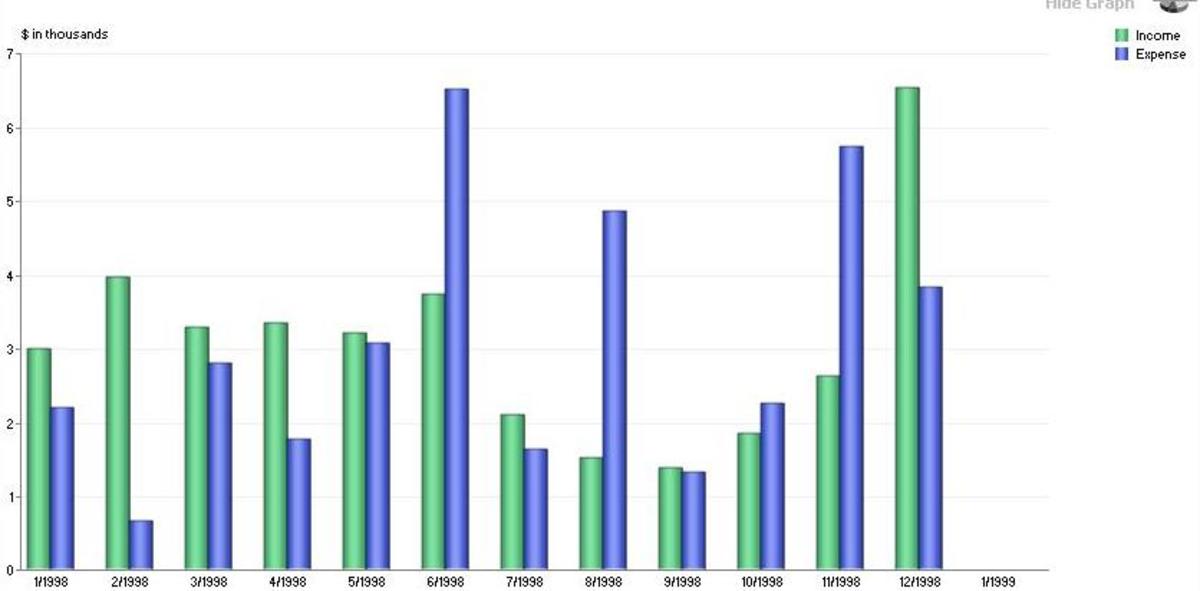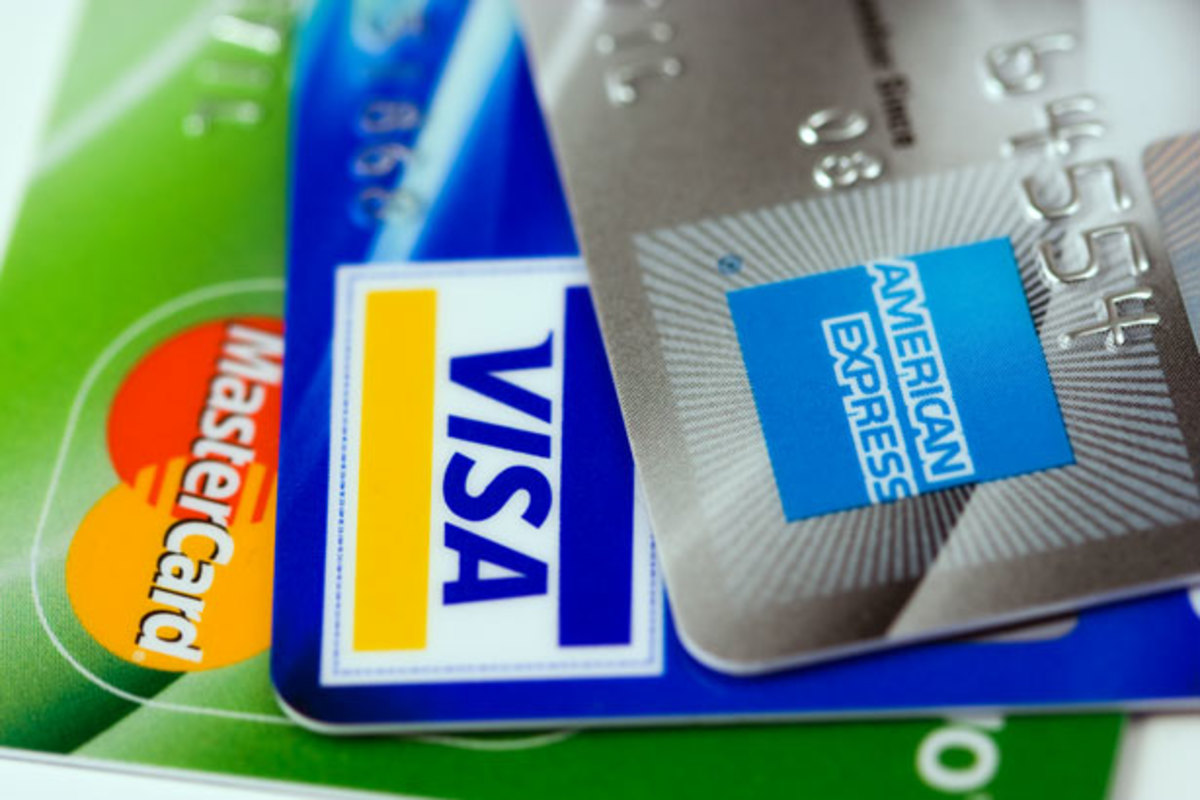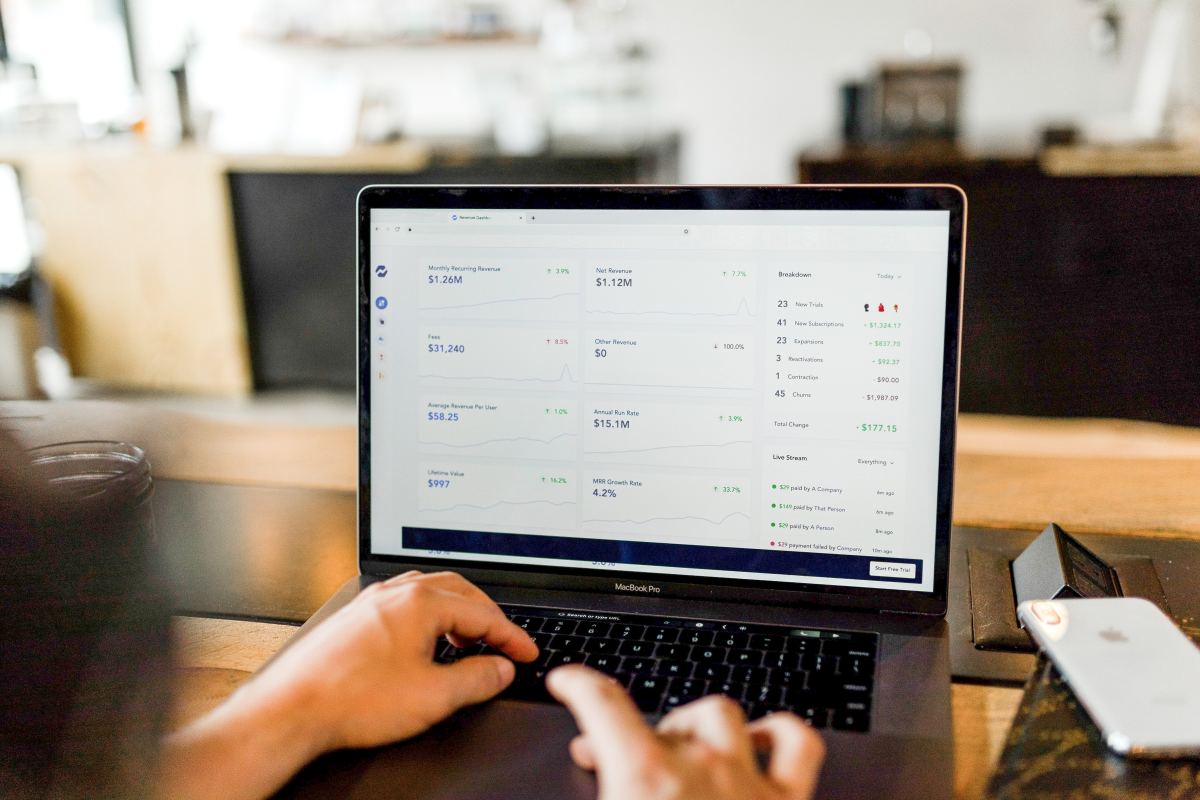How to Lower Business Debt Costs Now
Introduction
What can you do to lower your business credit and debt costs today? What steps can you take to improve your odds of getting a loan and reduce the costs of carrying debt?

Improving the Odds of Getting a Business Loan
Relationships matter in business. Lenders are more willing to lend money to an existing customer than a new one. One reason is that the cost of issuing new credit to an existing customer is lower than creating a new account. Another reason is that they already have a relationship and thus payment history on the existing customer. The risk is known, and new lines of credit are more likely to be approved when you are an existing customer.
If you need business credit, first contact financial institutions with whom you already have a relationship.
If you will be applying for a business loan, first open a savings account with the institution. Maintain a reasonable balance, and never fall below the limit or bounce a check. After several months, you should be eligible for a business loan with the financial institution.
Lowering Credit Card Charges
You can lower credit card charges by giving cash customers a 2% discount. Or join a business association to take advantage of discounted Visa and Mastercard rates. This could cut your credit card transaction processing fees in half.
Review your credit card bills. Look for excessive fees that should be challenged. Don't pay for credit card life insurance. Monitor payments so that you aren't socked with late fees and extra credit card charges.
Some small businesses opt out of credit cards altogether, in order to eliminate credit card processing charges. Unless you are running a food vendor cart or snow cone stand, this technique of lowering credit card charges is not viable. And running a business entirely on cash increases your risk of being audited.
Improving Collections and Accounts Receivable
Invest in debt collection to avoid the losses caused by bad debts. Set up automated reminders to customers when payment is due. Begin late payment reminders the day payment is late. Start contacting customers the moment their payments are late.
Identify a reputable and effective debt collection firm before you become desperate to collect on the debt. Pass bad debts to debt collectors before the debt is 90 days old. Look into invoice factoring to generate cash flow today while transferring the collection duties to the invoice factoring firm.
Require customers who are slow to pay their bills to pay for future purchases in cash. Inform customers that you will now refuse future orders when they are slow to pay their bills in an effort to increase the number of customers who pays their bills in full and on time. For the worst offenders, you may need to put paid for shipments on hold until an outstanding balance is paid.

Managing Business Credit
Wherever possible, buy inventory with cash instead of credit. Be careful to monitor inventory levels, so that you don't go into debt to buy more inventory when you already have sufficient product sitting on the shelf. Verify the value of the inventory. When the inventory is overvalued, you'll pay excessive interest on the inflated value, lowering your profits.
Consider using trade exchanges to get rid of unused inventory, supplies and equipment without having to formally sell it in exchange for things you do need. Some business exchanges let you trade items to others now in exchange for credit you can use to acquire other things later.
If the inventory isn't moving, look into selling the inventory on hand to a discount retailer or notify your customers of a fire sale. It is better to sell the product at a minor loss than have to return inventory to the vendor after paying interest on it for six months or facing higher interest rates because you missed a loan payment due to limited cash flow.
Set up a system so that newly arrived inventory is checked the moment it arrives. Return defective product and demand allowances for damaged goods. Never pay full price and interest charges for product that isn't worth it.
If you have not already listed your terms of trade on all invoices, start doing so now. If customers don't have a deadline to pay you, they will wait as long as possible to do so. Change your own credit policies if they are already known to customers. Shorten customer credit from 90 days down to 30 days. You shouldn't operate as your customers' low interest rate lender. Ask those who have trouble paying cash to pay you with their corporate credit card.
If your biggest customers regularly buy on credit, take out credit insurance. When these customers are unable to pay you, the credit insurance could make the difference between a bad quarter and bankruptcy.
Lowering Interest Rates on Business Debt
You should still shop around for lower rates of interest on your lines of credit, even if you are happy with your current lender. When you find a better interest rate, bring this up with your lender and request that they lower your interest rate to match the competitor.
Monitor your credit limit, and keep your debt well below the credit limit. Repeatedly approaching the credit limit could lead to exceeding it, generating overage fees and a higher interest rate.
Using Bad Debt to Lower Business Expenses
Write off bad debt expenses, but only after proper documentation and review of the situation by a CPA. Bad debt expenses are an overhead expense and can be deducted from your net profits. However, if the creditor happens to pay back the debt in the next tax year, you will need to pay income taxes on this amount.
Don't forget to write off unsellable inventory every year to lower your taxes, instead of paying inventory taxes on obsolete product.







